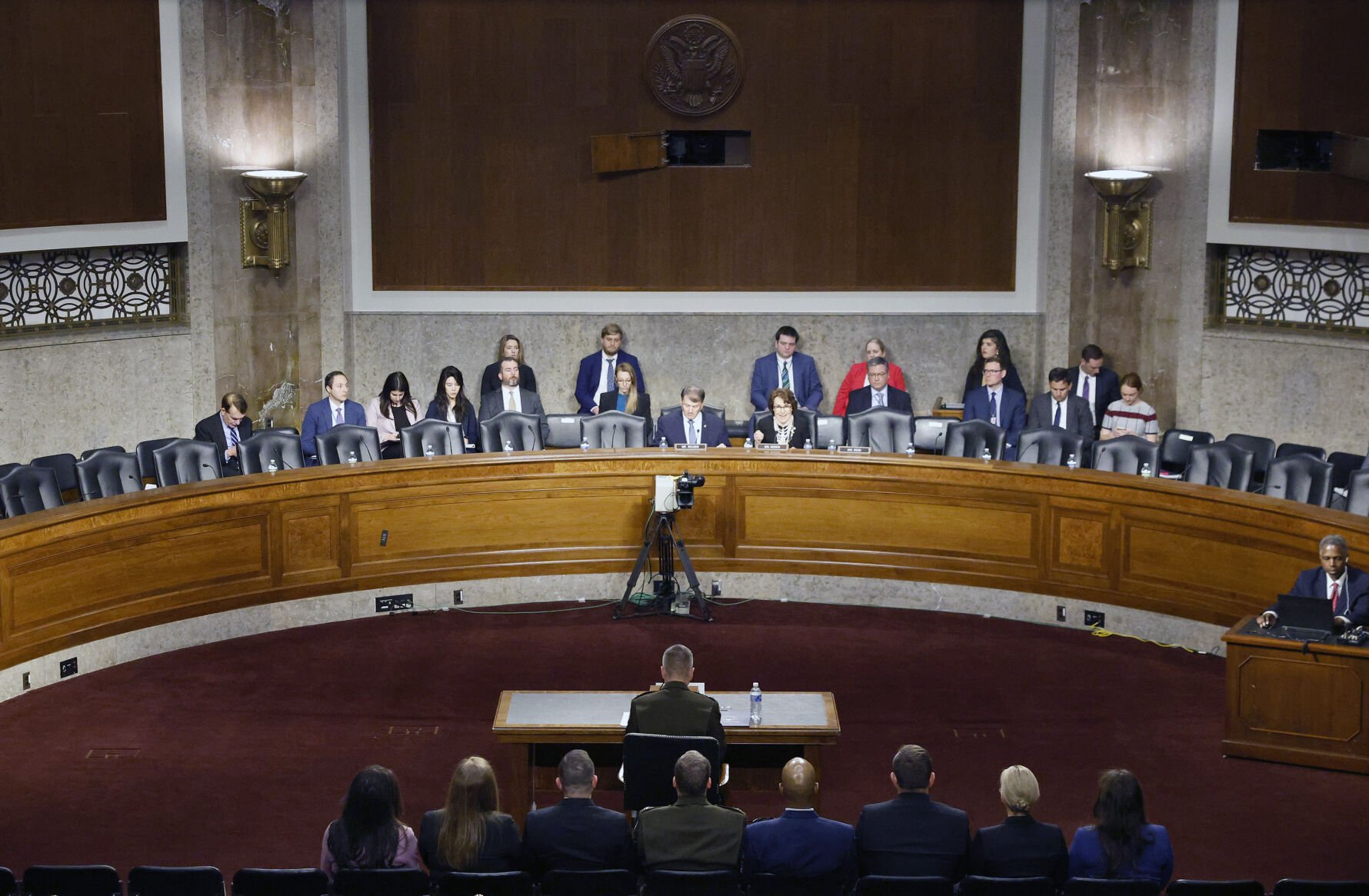A surging wave of cyberattacks is exposing dangerous gaps in America’s digital defenses. With adversaries growing bolder, an editorial warns that the U.S. government must stop “unilaterally disarming” and strengthen its cybersecurity posture.
Editorial: Cyberattacks are up. So why are US defenses down?

Key Takeaways:
- Cyberattacks are rising at an alarming rate
- America’s adversaries are becoming more sophisticated
- The government risks “unilaterally disarming” if action isn’t taken
- A “catastrophic” breach at the F5 Inc. firm exemplifies the threat
- Recent reports underscore an urgent need for stronger defenses
The Rising Tide of Cyber Threats
Cyberattacks are growing more frequent, with America’s enemies developing increasingly sophisticated methods. According to an editorial recently published, these developments signal that U.S. defenses may be lagging behind the rapidly evolving threats in cyberspace. The piece poses a critical question: “Cyberattacks are up. So why are US defenses down?”
Catastrophic Breach at F5 Inc.
Among the most alarming signs of rising cyber dangers is the breach at Seattle-based cybersecurity firm F5 Inc. In mid-October, the company acknowledged what it called a “catastrophic” compromise of its systems. This stark example illustrates how even companies dedicated to data protection are vulnerable, underscoring that no entity—public or private—is immune.
The Need for Stronger Government Action
The editorial cautions that the U.S. government must “stop unilaterally disarming.” Despite the alarming incidents and clear signs of hostile actors’ capabilities, current efforts appear insufficient to counter increasingly bold digital adversaries. Two recent reports, though not detailed in the editorial, are cited as further evidence that these threats can no longer be disregarded.
Ways Forward
In light of the growing danger, the editorial calls for more robust defenses and immediate efforts to enhance cybersecurity measures nationwide. Whether through updated policies, tighter collaboration between the public and private sectors, or increased funding for cyber defense, the message is clear: inaction risks leaving critical infrastructure and private data unprotected against adversaries who show no signs of slowing down.










